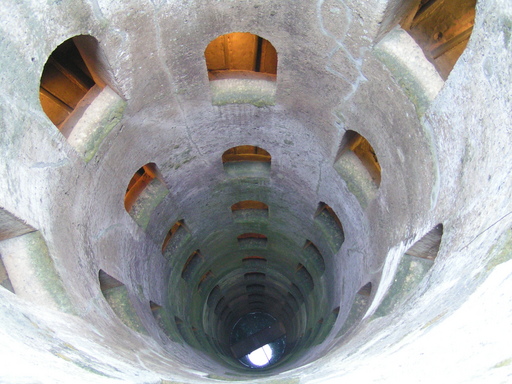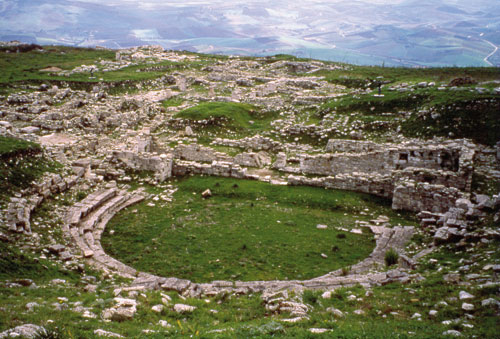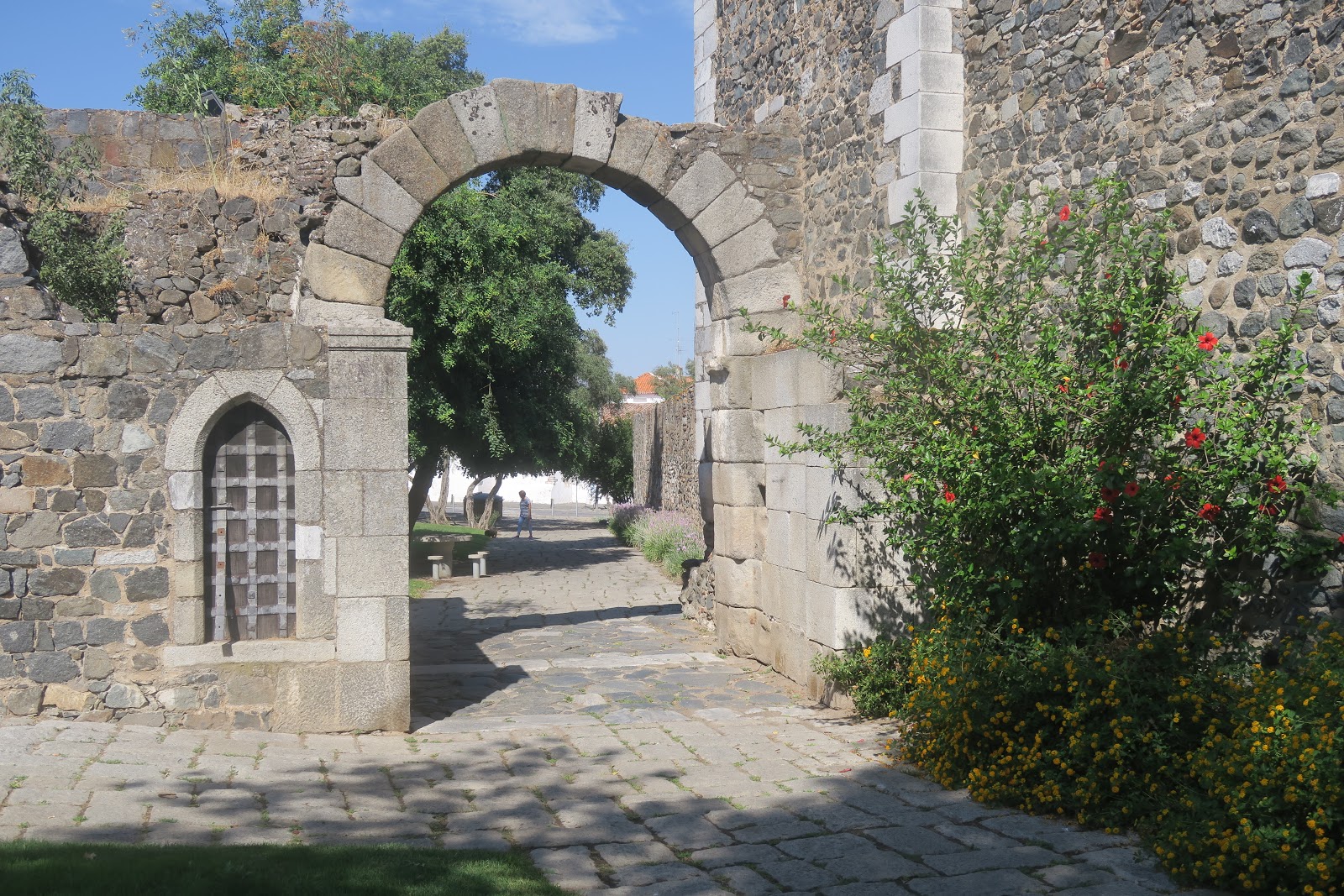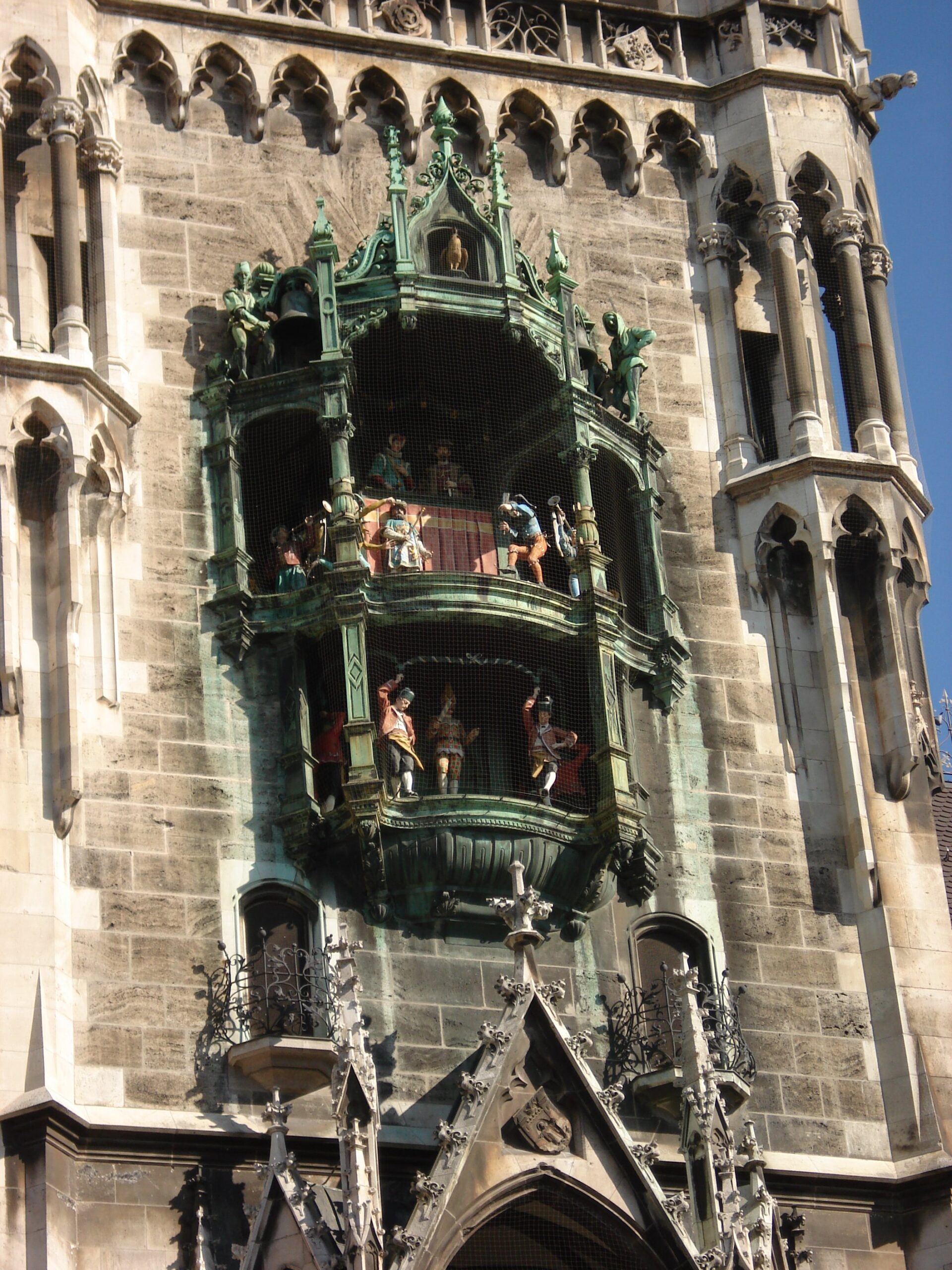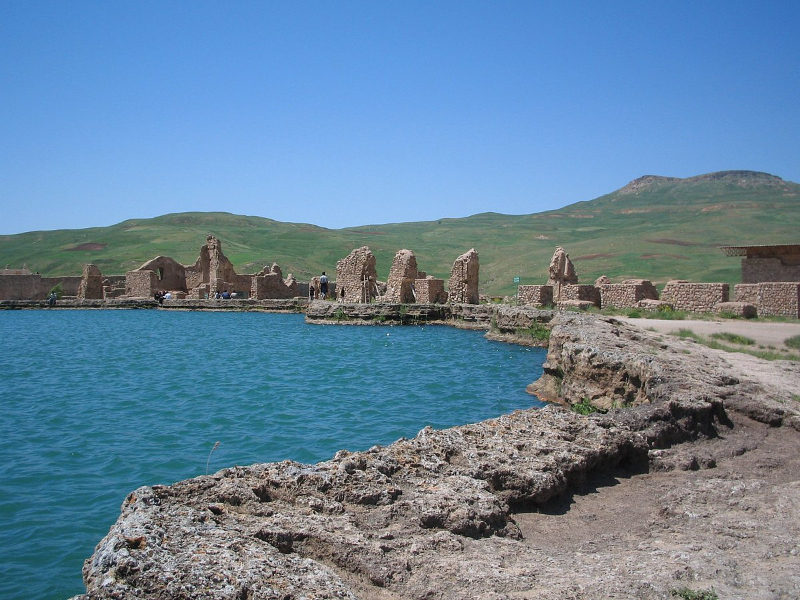This hydraulic work was originally called the Pozzo della Rocca, as it was close to the Albornoz fortress. It later took the name St. Patrick’s because it was probably used, in the second half of the 18th century, as "St. Patrick’s Purgatory," in analogy to the underground cavity in which the well-known Irish saint withdrew to pray, and where the unbelievers who ventured as far as the bottom would gain remission of sins and access to Paradise.
The work, commissioned from Antonio da Sangallo the Younger in 1527, was commissioned by Pope Clement VII, at about the same time as the redevelopment of the Pozzo della Cava located on the other side of the cliff, to ensure water for the city in case of siege. Completed in 1537under Paul III Farnese it denotes, because of its size and careful design layout, all the ambition of being remembered as an arduous and grandiose undertaking.
It is a skillful work of engineering, preceded by studies of a hydrogeological nature, which induced both the identification of the most suitable site to reach the clayey stratum of the springs and the covering of part of the walls with bricks, for a better seal.
The exterior of the well is presented, against the backdrop of the hills surrounding the cliff, as a wide, low cylindrical construction decorated with the Farnese lilies of Paul III, with two diametrically opposed openings for those descending and those ascending.
Access to the well, a masterpiece of engineering, is provided by two one-way helical ramps, completely autonomous and served by two different gates, which allowed the extracted water to be transported by mules, without obstructing each other and without having to resort to the only road that went up to the village from the valley floor.
– The 54-meter-deep well was made by digging into the tuff of the squat, high plateau of the Tiber valley where the town of Orvieto stands, a fairly hard stone but one that is now suffering, after several centuries, from sewage discharges.
– It has a cylindrical shape with a circular base and a diameter of 13 m.
– The steps are 248, and the windows that give light to it are 70.
Perhaps because of the aura of the sacred and magical that accompanies deep cavities, or out of sheer imitation of film models, modern tourists throw pennies at it with the hope of returning.
